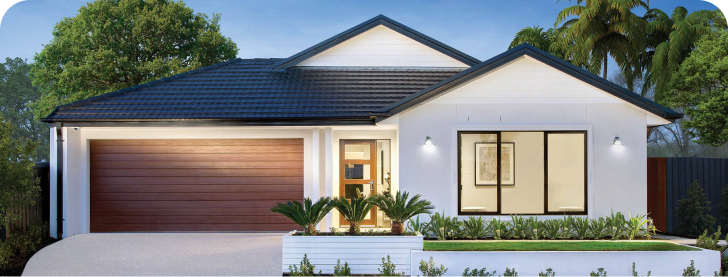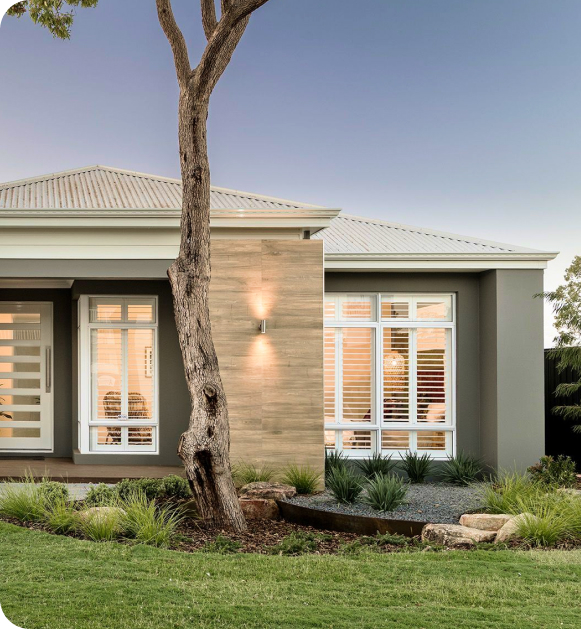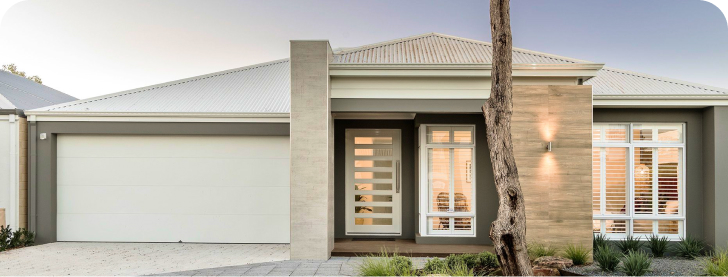
Nowadays, many homeowners dream of building an accessory dwelling unit, as it is the most affordable housing solution that can only be imagined. Many people consider ADUs as a way to create additional living space for their elderly parents or other relatives with whom they would like to reunite. In addition, you can build an ADU and use this unit, also called a granny flat, to increase your rental income. In the middle of the housing crisis, many people are waiting to rent a house, so your ADU can be in high demand.
However, the thing that prevents many homeowners from building an ADU or starting other renovation projects is the rather high cost of construction work. How can you finance an ADU? Well, there are many ADU financing options out there right now. You can take advantage of various construction and renovation loans, some of which can be obtained taking into account the future value of your home, which means better conditions.
Do you want to learn more about loan programs designed to assist in the construction of an accessory dwelling unit? Then keep reading this article!
The first ADU financing option that you might think of is cash-out refinance. This will be a great solution for you if you have the primary mortgage and equity in your home. In this case, you can borrow money (most cash-out refinance options allow you to borrow approximately 80% of the property value) to implement ADU projects.
What exactly should you do when it comes to the cash-out refinance? You simply declare your desire to withdraw an amount that exceeds the amount you owe under the original mortgage and take the difference in cash as a renovation loan. In other words, you combine the current mortgage and new construction loan in a single loan.
One major advantage of cash-out refinancing is that you can finance an ADU at relatively low-interest rates. On the other hand, as we have already mentioned before, homeowners' borrowing power is pretty high but still limited at 80%.
If you feel like cash-out refinancing is not the best decision for you, you can consider some other ADU financing options, such as home equity loans and HELOC.
Home equity loans, often called the second mortgage, allow you to borrow against the equity in your home. The lump sum does not usually exceed 80% of the house value. Do not also forget that you have to deduct the debt on your first mortgage from this amount. Therefore, you borrow money for future ADU development based on the home's equity. As a result, you are taking cash to finance an ADU and will have to pay the amount plus interest according to the schedule on which you will agree.
Another type of home equity loan is the Home Equity Line of Credit (HELOC). Why is this home equity loan different from the previous one? You are also borrowing money to finance an ADU, and you can pay interest only in this current case. However, you should definitely stick to the deadlines. The interest rate will be higher than in the case of your initial mortgage, too.
Financing options for accessory dwelling units do not end here. Let us consider an ADU construction loan. Construction loans (or renovation loans) are based on renovation value or ADU value. The future value is calculated depending on how much more attractive the renovation is supposed to make the land plot since, as soon as the construction process is through, household income may increase significantly. For example, monthly payments made by a tenant may be 100 times higher than before ADU's construction and whole house renovation.
You should remember that a renovation loan is a short-term loan, so you must be ready to pay off the borrowed sum, including interest rates, within one year or so. What is more, closing costs and interest rates are considerably higher than for other lending options.
Fortunately, now that people are talking more and more about the construction of ADUs as the most affordable housing option with all amenities. Local authorities are gradually adjusting to modern realities and are ready to offer financing options that enable homeowners to cover all the construction costs. For example, residents of some cities can already take advantage of the opportunity to get loans for up to $20,000 per homeowner. If you are not sure about the existence of such opportunities in your district, contact the city planning office.
One of the most unconventional ways to finance ADU is crowdfunding. You may have heard about this phenomenon in the context of raising money on online resources for startups. Financing private construction through crowdfunding is much less common. However, it can still be a great ADU funding option for you, especially if you feel that your project is socially significant. For example, the construction of an ADU can be one of the steps toward creating a more prosperous environment in the county and attracting tourists.
Unlike an ADU loan, you will not deal with a bank from which you will receive a large amount of money at once; on the contrary, you can collect small amounts from each of the people involved.

Elderly people are often interested in building an ADU, as this allows them to either move to their children and be close to their family or get additional passive income by building an ADU on their site. In order to have enough funds for construction, many are considering using retirement accounts. It is important to take into account that there are usually serious restrictions, such as the ability to borrow only 50% of the current amount on the account.
Another financing option is a loan from your retirement plan. We should mention that this path is not very common, as few people want to face the high costs associated with it.
Still haven't found a suitable financing option? Do not rush to get upset! What we recommend doing is carefully studying local grants and similar offers. If you live in a quite dysfunctional neighborhood, but you want to improve your territory, which can attract tourists to stay in this area, you can count on receiving a specialized grant.
In actuality, by building an ADU, you not only achieve your own goals by increasing rental income but also make your city or settlement more comfortable, which may be of interest to local authorities.
You can apply to a private lender as part of the CalHFA ADU grant program. In this case, it is necessary that the lender is checked by representatives of this program. Initially, you apply for a loan from a private lender. Then the rest of the work is done for you by the company's representatives. This way, you do not have to apply for a grant yourself.
This is an excellent financing option, but you should keep in mind that it is not available to those whose incomes exceed a certain limit, so pay special attention to this.
Another construction and renovation financing option is using your credit card. Most likely, you will not be able to pay for the whole house renovation and ADU construction by using one credit card, but it will be enough to use these funds if you also have some savings. What you should keep in mind is that the interest rate may be extremely high. In addition, you cannot count on tax benefits when choosing this option and not renovation loans or a second mortgage. However, it is still a popular way to finance ADU construction.
Often it is not only you who are interested in building an ADU but also your relatives or friends. For example, you can count on a joint passive income after the completion of a construction or renovation project, or simply be interested in the increased property value. Moreover, you are probably going to build an accessory dwelling unit in order for your relative or close friend to live there on a permanent basis. Then it makes sense for you to ask them to take out a loan for construction or at least share the costs.
Sometimes it is better to invest emergency savings together than to resort to high-interest debt. Remember that all participants in the construction (owners of the property and its future residents) will eventually benefit from it based on future appreciation.
If you want to borrow money to build an ADU, you can consider several ADU loan options and choose the most suitable one, depending on your financial condition and preferences. If you do not have enough savings to spend on construction or are not able to use crowdfunding as an option, we recommend considering cash-out refinance and home equity loans. California housing finance agency provides loans for homeowners who are willing to plan an ADU as well.
Are you still thinking about whether it is worth investing a large amount of money in the construction of an ADU? Do not hesitate; this project is definitely worth it! You can get extra income or increase your current rental income. You will also transform the territory and attract more potential tenants. As a result, the project will definitely pay off. The main thing is to find money for investment in the first stage.
We have already mentioned a couple of times that the ADU construction is certainly worth it. Still, nothing is as convincing as the numbers. According to statistics, you can expect that the value of your home will increase by about 30% after the construction work is over. Due to the high demand for housing in California, this figure may be even larger.











